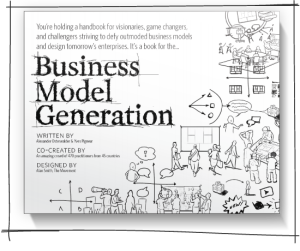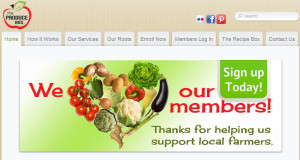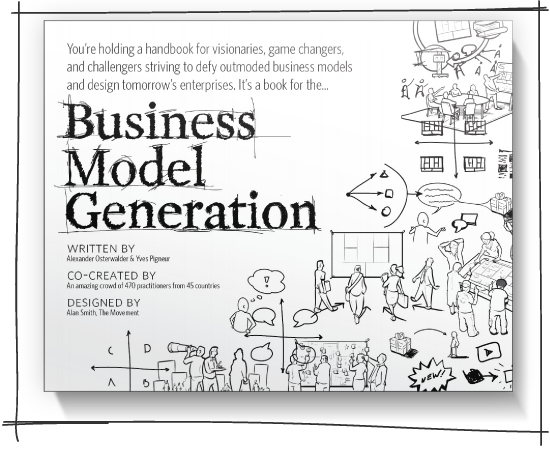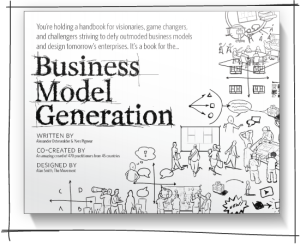Entrepreneurs spend a lot of time thinking about how to raise capital to get their business off the ground. But is enough focus spent on the business model itself- the form by which the business is defined and structured?
A business model explains how a business obtains value. Putting this together is strategy. Why is the model so important?
The business model matters because it can be a critical aspect of differentiation yourself from your category. The model can help to set you apart if you have an alternative approach. By examining a few examples, you’ll see how important this decision is in the life of a business or a new product launch.
Transactional: In this model which is a traditional approach, you sell something (a product or a service) to someone usually on a one time basis. Many companies make stuff and sell it one time to an individual or another business. A handyman comes to your house and fixes your broken screen door. You buy an air compressor from a distributor. You go to the store and get apples.
Subscription:This model creates a continuous revenue stream and an ongoing relationship between the supplier and the customer. A handyman is on retainer and for a fixed monthly fee for one year. He comes to your house for 2 hours/month and agrees to fix and repair those projects that can be accomplished in that time window. You have a subscription to Netflix and get videos delivered to your mailbox. Monthly household security protection is provided but you pay for a two-year subscription to get the equipment needed. You get a subscription to a magazine.
Online/Offline: A business sells both online and through a retail store to consumers or businesses. This approach gives you a chance to research and comparison shop different computer printers, find the one you like online and go to your local store (think Best Buy) to pick it up. The store builds a relationship with you in person and in the virtual world.
Sharing: You can lease a car for two years. You can rent a car for a week on vacation. You can rent a car for a day trip. Or, you can rent by the hour. New car sharing models in major cities are popping up to serve a special niche. Zipcar is but one example of taking an existing model (renting) and changing the unit of time or purpose for the service. Businesses are popping up for rental of tools(versus purchase) by the hour. Home Depot is the big dog doing this but there are lots of local companies also finding new revenue streams. There are even companies that will rent you a dog for a day. Woof.
Direct Sales to Consumers at Home: This model allows you to bypass traditional retail stores and to come into customer’s home with a range of products to sell. (Think Avon). You eliminate a middle man like a distributor or the physical store and sell person to person. Tupperware parties, Mary Kay Cosmetics or even kitchen knives like Cutco.
Sample then Sell:This is a typical model used in software where you get to try a limited version of a software product for 30 days. Through using it you realize how helpful it could be to your business or to you personally and you sign up automatically for a year-long license. Most software is sold this way online like Animoto where you get time to take the software out for a spin and you just keep wanting to do more. Here is a sample of what Animoto can do here.
 |
| A great guide for business model generation |
I bring up a few of these models because the creative entrepreneur tries to borrow an idea from a model in a different category and finds an interesting way to deliver something unique. This book is filled with great insight into this topic and is worthwhile read for anyone thinking of launching a new product, service or business. You can buy it here.
 |
| Rainbow Chard |
The Produce Boxis an nourishing example of a creative business model.
 |
| The Produce Box- Delivered to your door |
It isn’t a produce stand, a retail store, an online shop or a farmer’s market. Yet it is all of those things.
Produce Box takes an important trend (buying local) and leverages technology (online ordering) and provides a solution to another issue (eating healthy) and it helps you with dealing with your busy schedule. (Convenience) It is a beautiful example of finding ways to leverage trends into a unique business model. It borrows from the old milkman who brought you eggs, butter and milk to your door.
I can buy produce from lots of places but having it delivered weekly in a produce box on my door makes me feel better about the food I feed my family, supporting local farmers and making my life simple.
What business model are you borrowing to disrupt the category you serve?






